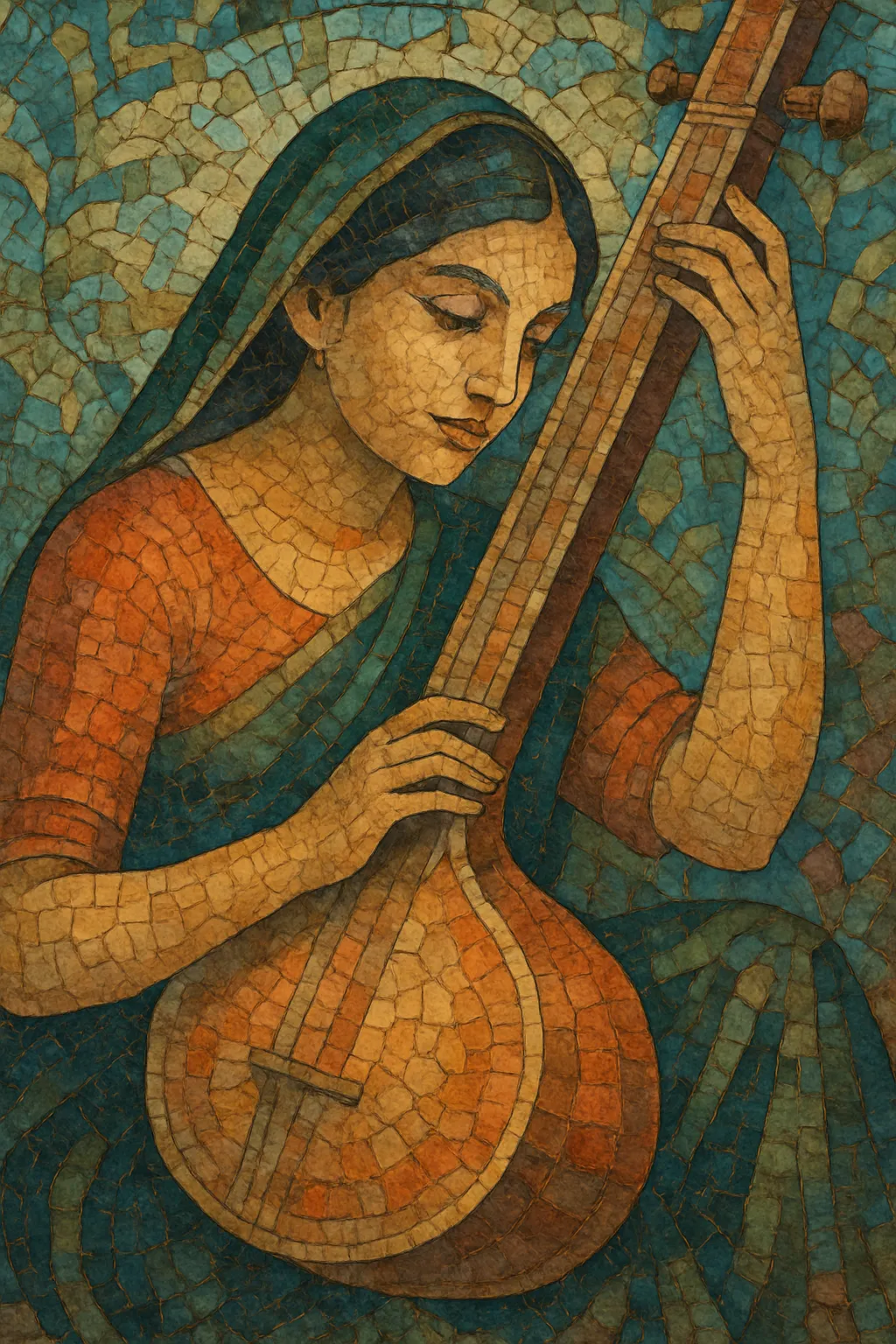Bhavageethe (also spelled Bhavageete/Bhavgeet) is a genre of expressive, poetry-led light music in India, especially in Kannada (Karnataka) and Marathi (Maharashtra).
Built on the cadence and imagery of modern literary poetry, it sets verses to tuneful, raga-tinged melodies with simple, intimate accompaniment. The emphasis is on emotive singing, clear diction, and faithful conveyance of a poem’s mood rather than on virtuosic classical display.
Stylistically it sits between Indian classical and folk/pop traditions, akin in spirit to ghazal but using regional modern poetry and a lighter, more contemporary presentation.
Bhavageethe emerged in the mid-20th century as composers and singers began setting modern Kannada and Marathi poetry to music outside the film and strict classical spheres. In Karnataka, early pioneers like P. Kalinga Rao popularized the practice, drawing on Hindustani/Carnatic ragas but simplifying form and accompaniment to foreground the text.
The Kannada Navya (modernist) poetry movement—featuring poets such as G. S. Shivarudrappa, D. R. Bendre, Kuvempu, and later K. S. Nissar Ahmed—provided a rich corpus for musical settings. Mysore Ananthaswamy and, later, C. Ashwath crafted signature melodic idioms: raga-tinged, singable tunes with harmonium, guitar/keyboard, flute, and tabla/hand percussion.
In Maharashtra, the parallel bhavgeet tradition grew with composers and singers like Sudhir Phadke, Hridaynath Mangeshkar, Arun Date, and Lata Mangeshkar setting works by poets such as Shanta Shelke and Mangesh Padgaonkar, creating a non-film, recital-friendly song culture.
Cassettes, radio, and stage programs spread bhavageethe widely. The genre became a staple of cultural festivals and literary gatherings (kavi sammelans), prized for its accessibility and emotional immediacy. Arrangements remained light and text-focused, with modest harmonies and occasional Western instruments adding color.
While film and indie scenes have expanded, bhavageethe continues through concerts, TV/radio specials, poetry-driven albums, and educational programs. New interpreters preserve the tradition’s core—poetry-first singing within a light, raga-aware idiom—while updating timbres with keyboards, acoustic guitars, and refined studio production.


